Tensor fasciae latae muscle: Origin, Function, Exercise
The tensor fasciae latae (TFL) is a small, flat muscle located on the outer aspect of the hip. It is situated in the anterolateral region of the thigh and plays a significant role in the stabilization and movement of the hip joint.
Tensor fasciae latae is a muscle of the thigh. It is related to the gluteus maximus in function and structure and is continuous with the iliotibial tract, which attaches to the tibia. The muscle assists in keeping the balance of the pelvis while standing, walking, or running.
Table of Contents
Origin
Anterior superior iliac spine and The anterior part of iliac crest.
Insertion
TFL and gluteus maximus join to make the iliotibial tract which attaches to the lateral condyle of the tibia.
Nerve Supply
Superior gluteal nerve (L4, L5, S1).
Blood supply
- Deep branch of a superior gluteal artery
- Ascending branch of the lateral circumflex femoral (LCF) artery
- The superior gluteal vein a branch of the internal iliac veins serves as the venous drainage route.
Actions
- The main function of TFL is hip medial rotation and a weak hip abductor
- It also works as an accessory muscle in abduction and flexion of the hip
- TFL and gluteus maximus stabilize the hip joint by holding the head of the femur in the acetabulum
- The TFL and the gluteus maximus contributes in the stability of the knee during extension and also in partial flexion
- As part of the iliotibial tract, it helps in the lateral rotation of the leg.
- Tensor Fascia Latae also helps in walking by inferiorly tilting the ilium on the weight-bearing side, which results in an upward tilt of the contralateral hip. Thus, allowing the leg of the non-weight-bearing hip to swing through without hitting the ground during the swing phase of the gait.
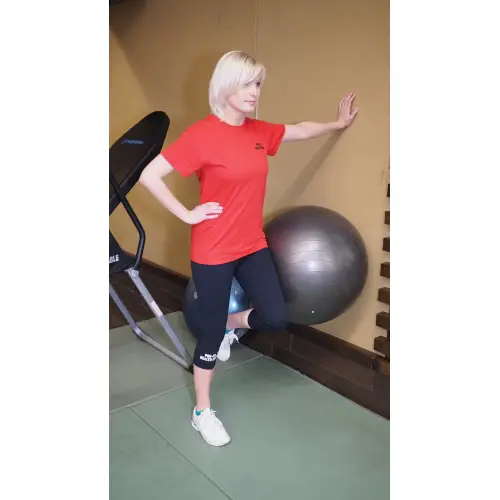
Hip-flexion, medial rotation, abduction, knee-lateral rotation, Torso – stabilization.
Tensor fasciae latae muscle exercises
TFL exercise is mainly stretching exercise and strengthening exercise.
Tensor fasciae latae muscle stretching exercise:
Your Tight Tensor fasciae latae muscle can often lead to TFL pain. To relieve your TFL tightness you should be stretching this muscle at regular intervals. The Tensor fasciae latae is one of the highly used muscles in the body because it is used in day-to-day activities such as walking and climbing stairs. We update a few best stretches to release tight TFL muscles.
Lying Abductor Stretch:
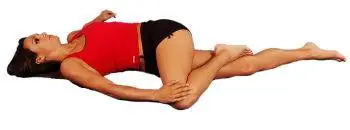
- Supine Lie down on your side then support yourself using your hand
- Keep your outer leg up and plant your foot on the ground with your toes facing away from you
- Bend your hips into the extended leg to get a good stretch in the TFL
- Hold this position for 10 seconds
- Switch to other sides
- Repeat 5 to 6 repetitions
Standing Leg cross Abductor Stretch:
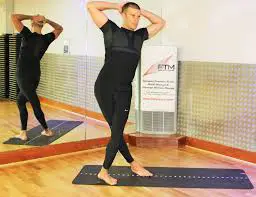
- You can Stand with feet hip-width apart
- Keep one leg behind you crossing past your front foot. You can also use the wall for Balance.
- Bend your weight through the leg crossed behind, driving your hips forward
- Hold this position for 10 seconds
- Switch to other sides
- Repeat 5 to 6 repetitions
Clinical Importance
ITB syndrome:
Iliotibial band syndrome (ITBS or IT band syndrome) is an overuse injury of the band – a connective tissue that is located on the lateral or outer part of the thigh and knee. It causes pain and tenderness in those areas, especially just above the knee joint.
IT band has a direct relationship mainly in the condition where the TFL allows the IT band to load up and generate a more elastic force which is important in many dynamic sports.
What causes a Tight TFL?
There are too many causes of tight TFL, However, the most common cause is overused to help compensate for weakness in the supporting muscles. A weak glute leads to piriformis muscle worked overload that may also cause TFL strain or tightness.
Other common causes of tight TFL include poor posture with your weight shifted to one side, a sedentary lifestyle, Paralysis conditions, prolonged periods of sitting, weak hip flexors, and weak hip abductors.


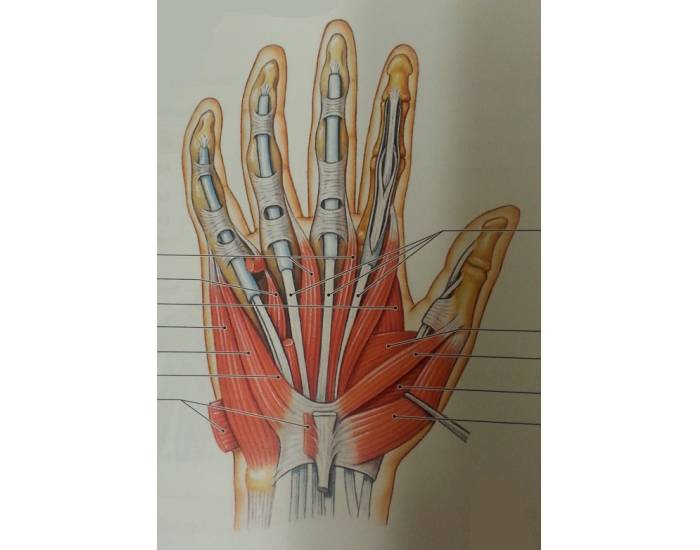

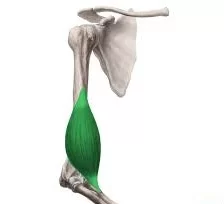
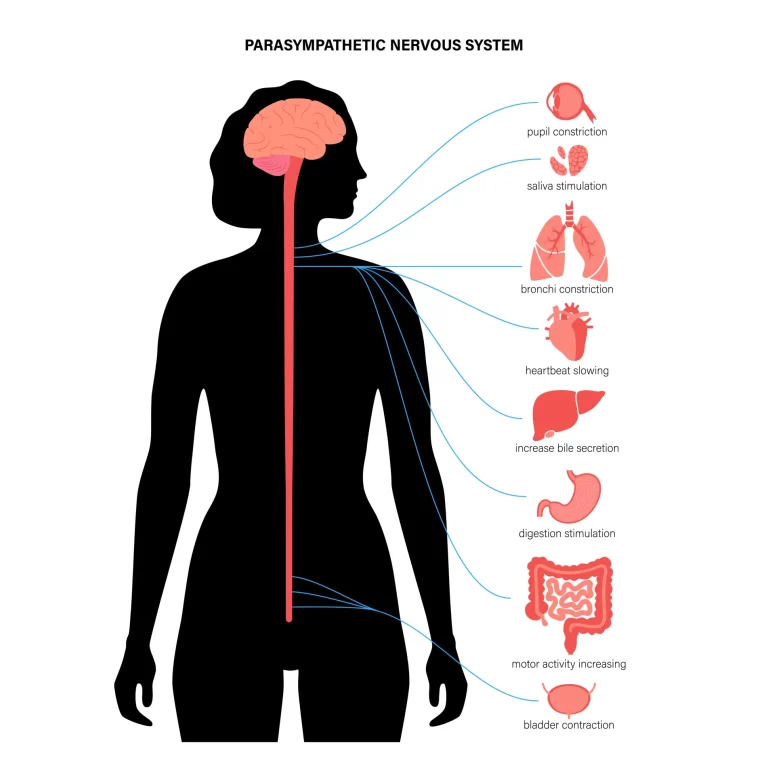
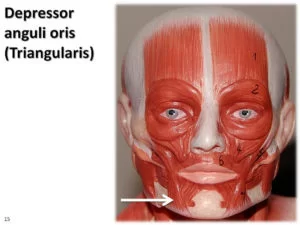
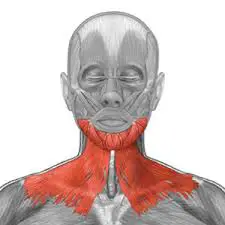
2 Comments